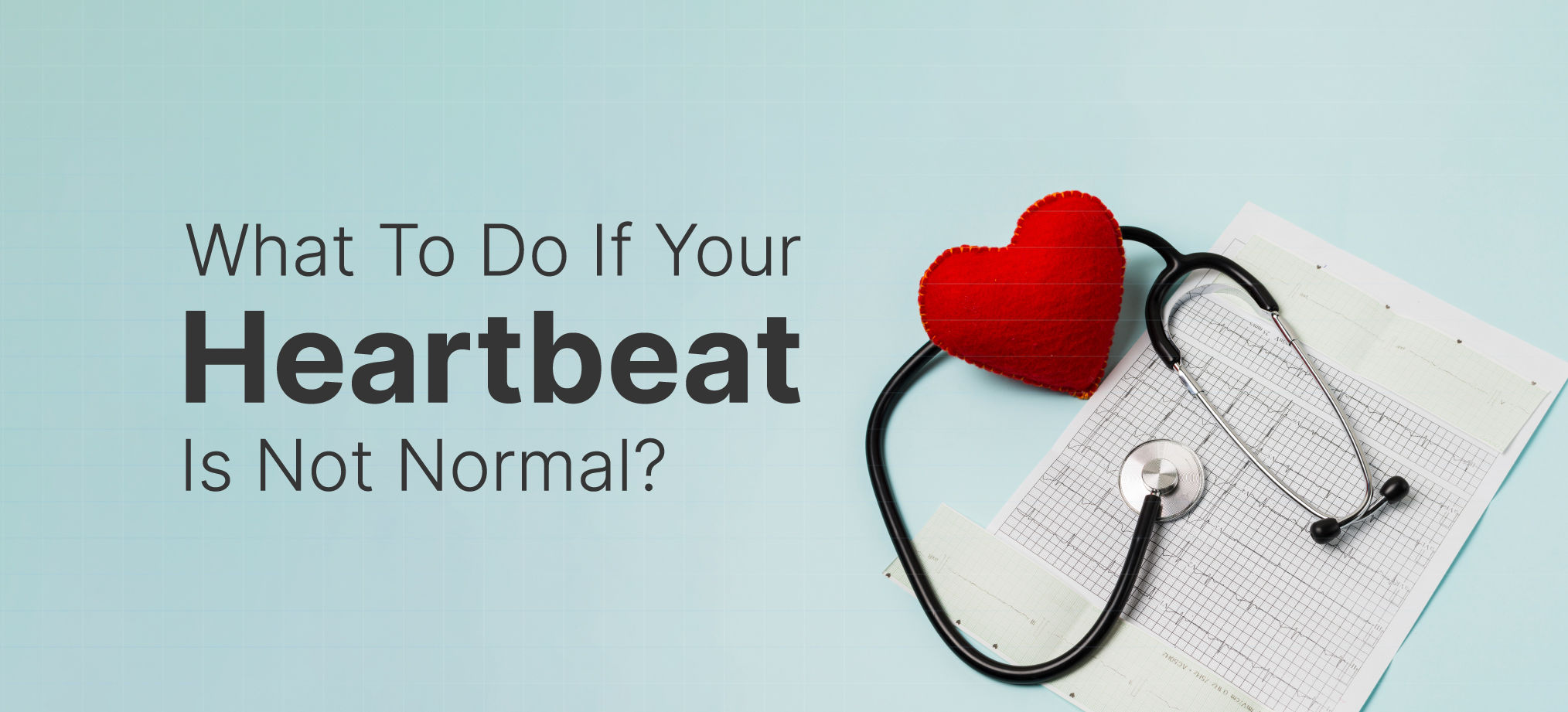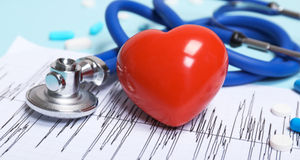Heart Conditions
Signs and symptoms for Coronary Artery Disease
2 min read
By Apollo 24|7, Reviewed by Dr. Srividya Kalavagunta, Verified by Dr. Ima Rashid, Published on - 07 June 2024, Updated on - 28 June 2024
Share this article
0
1 like
_0.jpg?tr=q-80)
Coronary arteries supply blood to the heart. A blockage or narrowing of coronary arteries, which provide oxygen-rich blood to your heart, leads to coronary artery disease (CAD). It occurs due to the building up of plaque (including cholesterol) in these arteries over time, which reduces the amount of blood that can get to your heart muscle.
When you have CAD, you might not become aware of any problems until the plaque causes a blood clot and you experience a heart attack. That is why CAD is called a "silent killer". Let’s identify some symptoms of coronary artery disease (CAD).
Coronary Artery Disease Symptoms
The signs of coronary artery disease can frequently be subtle and go undiagnosed for a long time. Sometimes, plague takes years or decades to accumulate, and you may only experience mild symptoms when your arteries narrow. These symptoms suggest that your heart is working harder to pump oxygen-rich blood to your body.
Early CAD symptoms are as follows:
- Stable angina or Temporary chest pain: This is the most common symptom of CAD. A stable angina is characterized by predictable chest pain that comes and goes. It usually occurs during physical activity or emotional stress.
- Shortness of breath (dyspnea): Some people experience shortness of breath while exercising.
In some cases, heart attacks are the first signs of coronary artery disease.
Symptoms of a Heart Attack
Symptoms of heart attack are as follows:
- Chest pain: Most heart attacks are indicated by pain in the centre of the chest that may last for a few minutes or come & go. It may feel like pressure, squeezing, fullness, or pain in the chest.
- Pain in other upper body areas: In some cases, there can be pain radiating in one or both arms, neck, jaw, back, or stomach.
- Shortness of breath: It can occur with or without chest discomfort.
Other possible symptoms of heart attack are breaking out in a cold sweat, nausea or lightheadedness, extreme fatigue, vomiting, and numbness, particularly observed in women.
Signs of a Heart Attack in Women
Just like men, women’s most common heart attack symptom is chest pain. However, women may experience vague symptoms other than chest pain, like heartburn, stomach pain, shortness of breath, vomiting and jaw or back pain.
The symptoms are subtle, but they can be life-threatening, especially if someone doesn’t get help immediately.
Conclusion
Heart disease can be prevented if you take care of your health. Schedule regular checkups with your health professional, and avoid activities that lead to heart problems, like smoking, drinking alcohol, and a sedentary life. Try to exercise regularly and eat a healthy diet. Be sure to take all preventive measures and good care of your heart health.
Services
Heart Conditions
Consult Top Cardiologists
View AllDr. Anand Ravi
Leave Comment
Services
Recommended for you

Heart Conditions
How Does Heart Transplant Surgery Work?
Generally a heart transplant surgery is recommended for patients who are suffering from end-stage heart ailments such as heart failure. The transplant surgery works by replacing a diseased heart with a healthy one, which increases the patient's longevity.
.jpg?tr=q-80)
Heart Conditions
Understanding Orthostatic Hypotension in Adults
Imagine sitting comfortably for a while, and when you stand up, you suddenly feel dizzy or lightheaded. This isn’t just a minor annoyance—it might be a sign of orthostatic hypotension (OH). Orthostatic hypotension occurs within 3 minutes of standing when a person stands up from a sitting or lying position.

Heart Conditions
Why Is My Heart Beating So Fast? Causes, Home Remedies, and Red Flags
If you have a racing heart, also known as tachycardia, watch out for excess caffeine drinks, and alcohol. Read this blog, as we highlight the different causes, remedies and red flags which trigger a fast heartbeat.
Subscribe
Sign up for our free Health Library Daily Newsletter
Get doctor-approved health tips, news, and more.
Visual Stories

7 Tips to Manage Hypertension
Tap to continue exploring
Recommended for you

Heart Conditions
How Does Heart Transplant Surgery Work?
Generally a heart transplant surgery is recommended for patients who are suffering from end-stage heart ailments such as heart failure. The transplant surgery works by replacing a diseased heart with a healthy one, which increases the patient's longevity.
.jpg?tr=q-80)
Heart Conditions
Understanding Orthostatic Hypotension in Adults
Imagine sitting comfortably for a while, and when you stand up, you suddenly feel dizzy or lightheaded. This isn’t just a minor annoyance—it might be a sign of orthostatic hypotension (OH). Orthostatic hypotension occurs within 3 minutes of standing when a person stands up from a sitting or lying position.

Heart Conditions
Why Is My Heart Beating So Fast? Causes, Home Remedies, and Red Flags
If you have a racing heart, also known as tachycardia, watch out for excess caffeine drinks, and alcohol. Read this blog, as we highlight the different causes, remedies and red flags which trigger a fast heartbeat.


